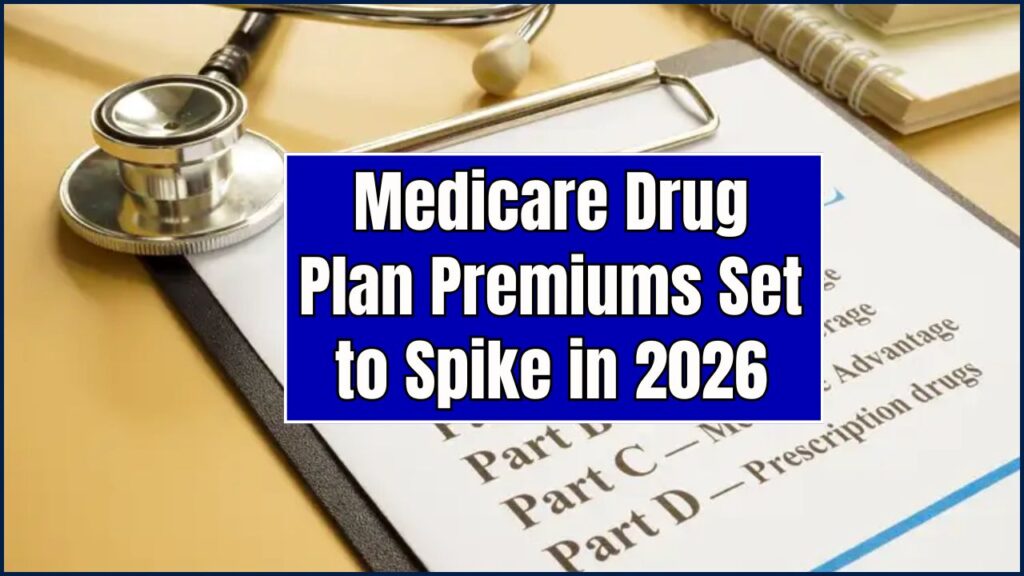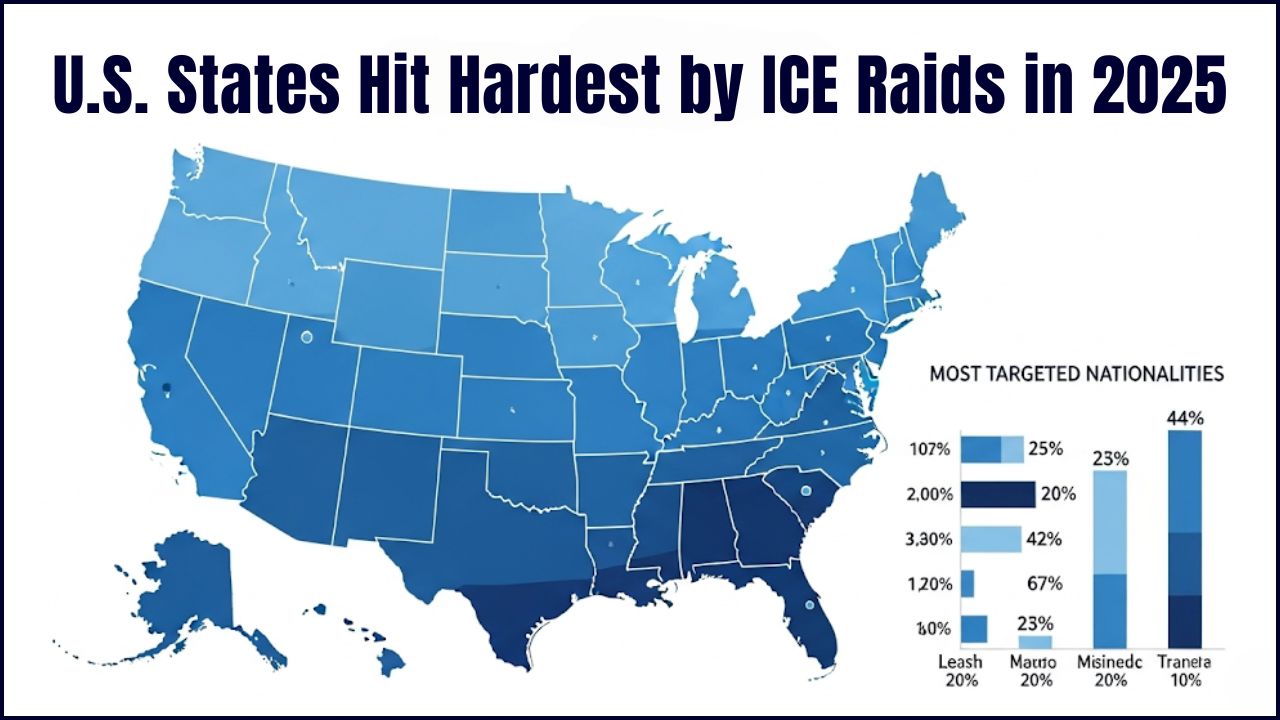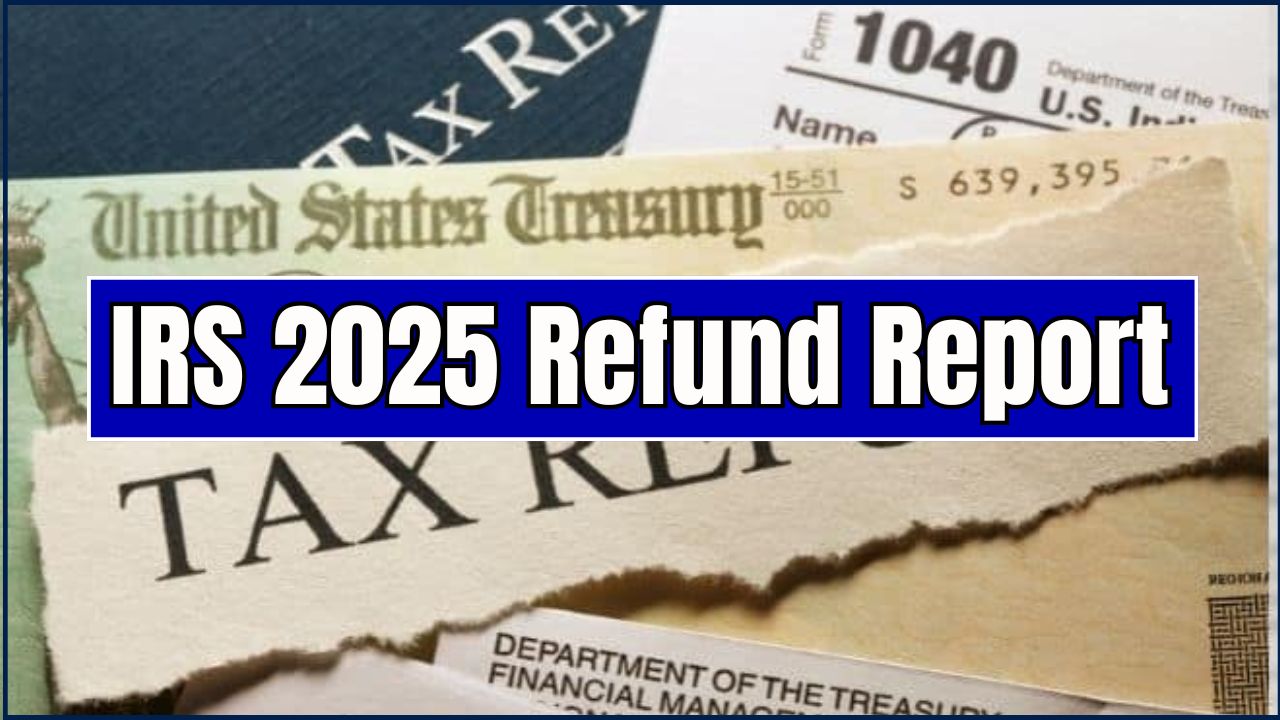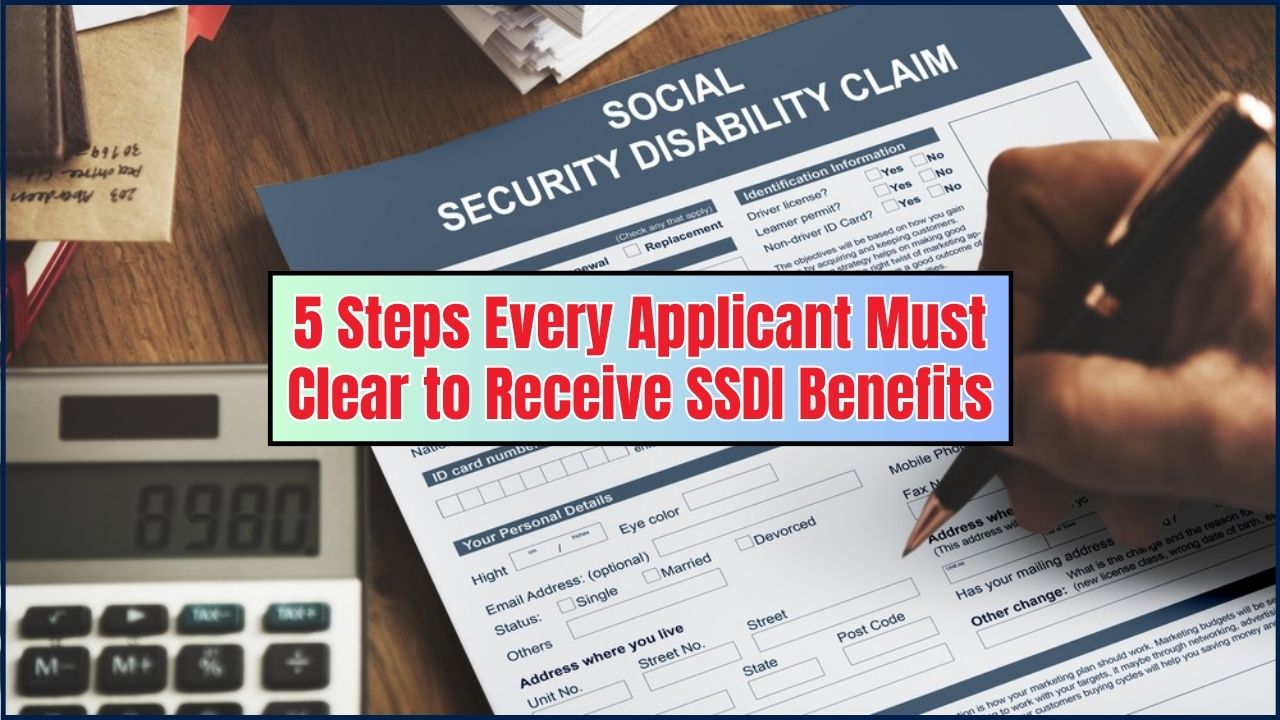If you’re on Medicare or planning to sign up soon, heads-up: Medicare drug plan premiums are going to jump in 2026, and the change could hit your wallet in a big way. The Centers for Medicare & Medicaid Services (CMS) has confirmed the national base beneficiary premium for Medicare Part D will climb to $38.99/month — a 6% hike from 2025’s $36.78, the maximum increase allowed under the Inflation Reduction Act (IRA).

Now, that’s just the average starting point. Some plans — especially stand-alone Prescription Drug Plans (PDPs) — could see much bigger increases because of changes to federal premium stabilization. Medicare Advantage drug plans (MA-PDs) might still offer $0 premiums, but the gap between them and stand-alone PDPs is likely to grow.
Medicare Drug Plan Premiums Set to Spike in 2026
| Key Point | 2025 | 2026 |
|---|---|---|
| Base Premium (Part D) | ~$36.78/month | $38.99/month |
| Max Allowed Increase per Plan | $35/year | $50/year |
| Stabilization Subsidy | $15/month | $10/month |
| Risk Corridors | Included | Removed |
| Impact on Stand-Alone PDPs | Moderate increases | Potentially sharp increases |
| Impact on MA-PD Plans | Many $0 options | Likely still common |
| Implementation Date | Jan 2025 | Jan 2026 |
The bottom line? Medicare Part D premiums are climbing in 2026 — with the base premium at $38.99/month, reduced subsidies for insurers, and more flexibility for them to raise rates. Stand-alone PDPs may see the biggest jumps, while Medicare Advantage plans may keep $0 premiums but tweak cost-sharing.
Your best move is to review your plan carefully this fall, compare your options, and make a switch if needed. A few hours of research could save you hundreds.
Why the Spike Is Happening
1. Inflation Reduction Act Cap
The IRA keeps base premium hikes at 6% max per year. Without this cap, CMS says premiums might have gone up even more.
2. Premium Stabilization Changes
The Premium Stabilization Demonstration Program still exists for 2026, but with less protection:
- Subsidy drops from $15 to $10.
- Plans can raise premiums up to $50/year instead of $35/year.
- “Risk corridor” safety nets for insurers are being removed.
3. Market Shifts
Medicare Advantage plans often use rebates to keep drug premiums at $0. Stand-alone PDPs don’t have that cushion, so they’re more vulnerable to cost jumps.
Historical Context: How We Got Here
Part D premiums have been on a roller coaster:
- 2015: ~$33/month
- 2020: ~$32/month (slight dip due to plan competition)
- 2024: ~$34.70/month
- 2025: ~$36.78/month
- 2026: Projected $38.99/month
The 2026 jump is one of the largest in recent years, fueled by inflation and reduced federal cost buffering.
Impact by Income Level: IRMAA Surcharges
If you’re a higher-income beneficiary, you pay more for Part D thanks to the Income-Related Monthly Adjustment Amount (IRMAA):
- For 2025, IRMAA surcharges range from $12.90 to $81.00/month on top of your premium.
- CMS hasn’t released 2026 IRMAA brackets yet, but expect similar or slightly higher rates.
Regional Variations
Where you live matters:
- Urban areas with more competition may keep premiums lower.
- Rural areas often have fewer plans and higher premiums.
- Example: In 2025, the cheapest PDP in New York was under $15/month; in Wyoming, the cheapest was over $30/month.
Real-Life Examples
- Mary, 72, Stand-Alone PDP — Pays $28/month now. Her plan opts out of stabilization and jumps to $42/month in 2026. That’s $168 more a year.
- Tom, 67, Medicare Advantage — His MA-PD stays at $0 premium but raises his Tier 3 drug copay from $45 to $55.
- Linda, 75, High Income — Pays $36 premium + $81 IRMAA surcharge = $117/month in 2025. A 6% premium hike in 2026 pushes her to $120+/month.
How to Prepare (and Save Money)
Step 1: Review Your Annual Notice of Change (ANOC)
Sent every September — details your 2026 costs. Read it like a credit card statement.
Step 2: Compare Plans During Open Enrollment
Oct 15 – Dec 7 each year. Use the Medicare Plan Finder.
Step 3: Consider Medicare Advantage
If you’re healthy and your meds are cheap generics, an MA-PD could be cheaper — but watch out for provider networks.
Step 4: Look Into Extra Help
If you meet income/asset limits, Extra Help can slash premiums and copays. Apply at SSA.gov.
Step 5: Reduce Prescription Costs
- Ask your doctor about generics.
- Use mail-order pharmacies for 90-day supplies.
- Check discount programs like GoodRx.
2025 vs. 2026 Medicare Part D
| Feature | 2025 Plan Year | 2026 Plan Year (Projected) |
| National Average Base Premium | $36.78 | $38.99 (6% increase) |
| Premium Stabilization Demo | $15 reduction, $35 increase limit | $10 reduction, $50 increase limit |
| Out-of-Pocket Cap | No hard cap | $2,000 |
| Negotiated Drug Prices | Not yet in effect | Will be in effect for 10 drugs |
Tips & Mistakes Section: How to Avoid a Premium Spike
Don’t get caught off guard by higher premiums! Here are some key tips and common mistakes to avoid:
- Don’t automatically re-enroll. The plan that was best for you this year might not be in 2026. Premiums, deductibles, and formularies can change. Always review your options.
- Check your formulary. Make a list of your specific medications and use the official Medicare Plan Finder tool to see which plans cover them and at what cost. A plan with a low premium might not cover your essential drugs, leading to higher out-of-pocket costs.
- Look beyond the premium. Consider the total cost, including the deductible and co-pays. A higher-premium plan might save you money in the long run if it has lower co-pays for the drugs you take.
Policy Outlook: Beyond 2026
Experts at KFF predict:
- Continued pressure to cap out-of-pocket drug costs (already at $2,000 max in 2025).
- Possible expansion of government negotiation for more drug prices.
- More consolidation in the stand-alone PDP market, meaning fewer plan choices.
FAQs
Q1: Will everyone pay more in 2026?
No. Medicare Advantage enrollees with $0 premiums may avoid increases — but may face higher copays.
Q2: Is the $38.99 premium my actual cost?
Not necessarily — it’s the base premium. Your plan’s rate may be higher or lower.
Q3: Can I change plans anytime?
No. Generally, you can switch only during Open Enrollment or with a qualifying life event.
Q4: What if I can’t afford the increase?
Apply for Extra Help or shop for a lower-cost plan in your area.
Q5: Where can I see all my options?
Medicare.gov Plan Finder lists every available plan in your ZIP code.









